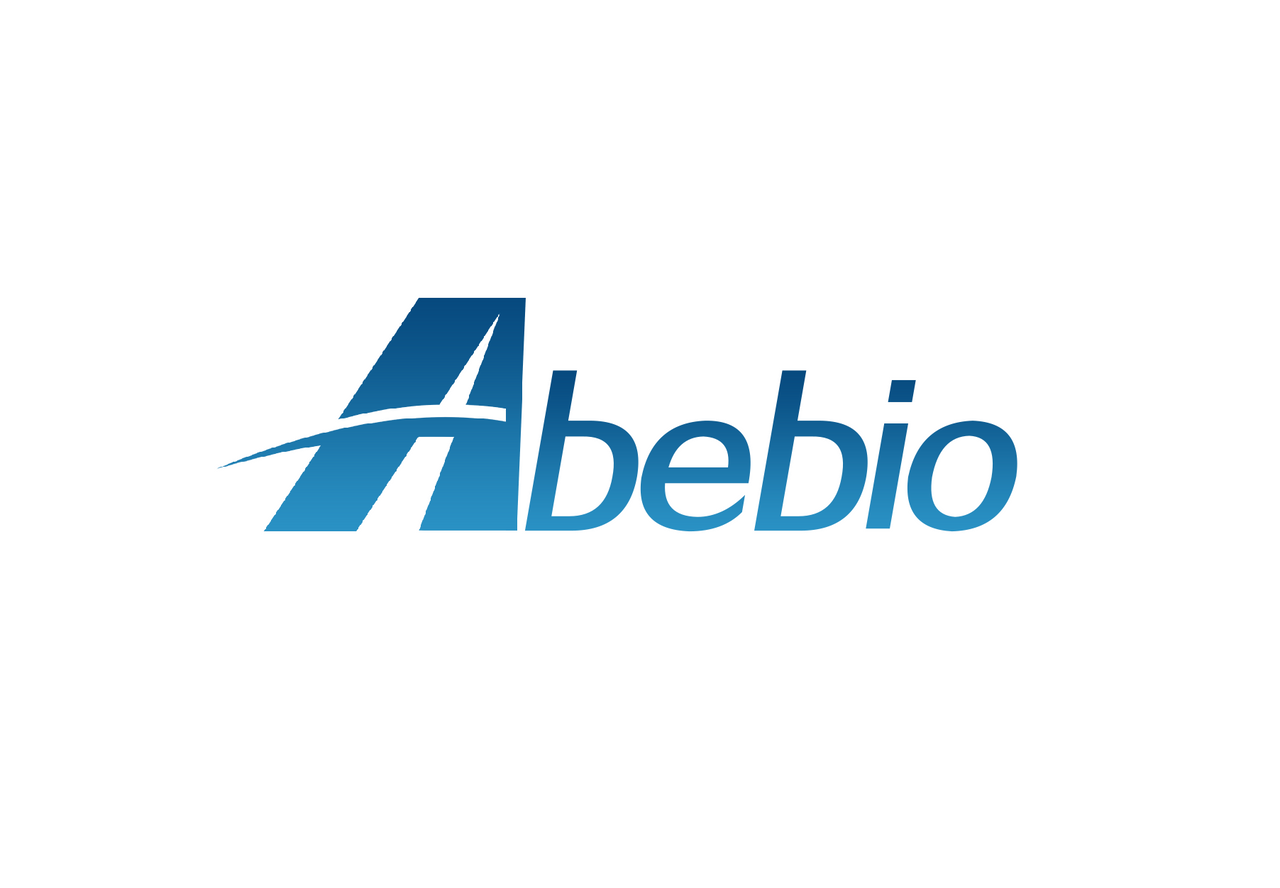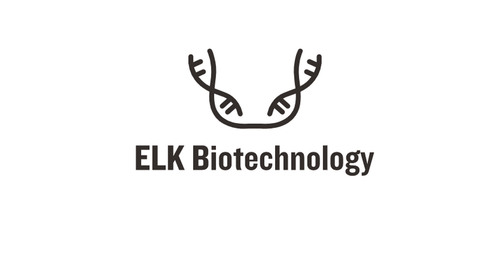Product Description
Chicken Caveolin-1 (CAV1) ELISA Kit | AE59163CH | Abebio
Species Reactivity: Chicken (Gallus)
Abbreviation: CAV1
Alternative Name: BSCL3; CAV; CGL3; MSTP085; VIP21; caveolae protein; 22-kD|caveolin 1|caveolin 1; alpha isoform|caveolin 1; beta isoform|cell growth-inhibiting protein 32
Application: ELISA
Range: 0.156-10 ng/mL
Sensitivity: 0.064 ng/mL
Intra-Assay: ≤6.6%
Inter-Assay: ≤8.7%
Recovery: 1, 01
Sample Type: Serum, Plasma, Other biological fluids
Detection Method: Sandwich
Analysis Method : Quantitive
Test Principale: This assay employs a two-site sandwich ELISA to quantitate CAV1 in samples. An antibody specific for CAV1 has been pre-coated onto a microplate. Standards and samples are pipetted into the wells and anyCAV1 present is bound by the immobilized antibody. After removing any unbound substances, a biotin-conjugated antibody specific for CAV1 is added to the wells. After washing, Streptavidin conjugated Horseradish Peroxidase (HRP) is added to the wells. Following a wash to remove any unbound avidin-enzyme reagent, a substrate solution is added to the wells and color develops in proportion to the amount of CAV1 bound in the initial step. The color development is stopped and the intensity of the color is measured.
Product Overview: The scaffolding protein encoded by this gene is the main component of the caveolae plasma membranes found in most cell types. The protein links integrin subunits to the tyrosine kinase FYN, an initiating step in coupling integrins to the Ras-ERK pathway and promoting cell cycle progression. The gene is a tumor suppressor gene candidate and a negative regulator of the Ras-p42/44 MAP kinase cascade. CAV1 and CAV2 are located next to each other on chromosome 7 and express colocalizing proteins that form a stable hetero-oligomeric complex. By using alternative initiation codons in the same reading frame, two isoforms (alpha and beta) are encoded by a single transcript from this gene.
Stability: The stability of ELISA kit is determined by the loss rate of activity. The loss rate of this kit is less than 5% within the expiration date under appropriate storage condition. The loss rate was determined by accelerated thermal degradation test. Keep the kit at 37°C for 4 and 7 days, and compare O.D.values of the kit kept at 37°C with that of at recommended temperature. (referring from China Biological Products Standard, which was calculated by the Arrhenius equation. For ELISA kit, 4 days storage at 37°C can be considered as 6 months at 2 - 8°C, which means 7 days at 37°C equaling 12 months at 2 - 8°C) .
 Euro
Euro
 USD
USD
 British Pound
British Pound
 NULL
NULL








